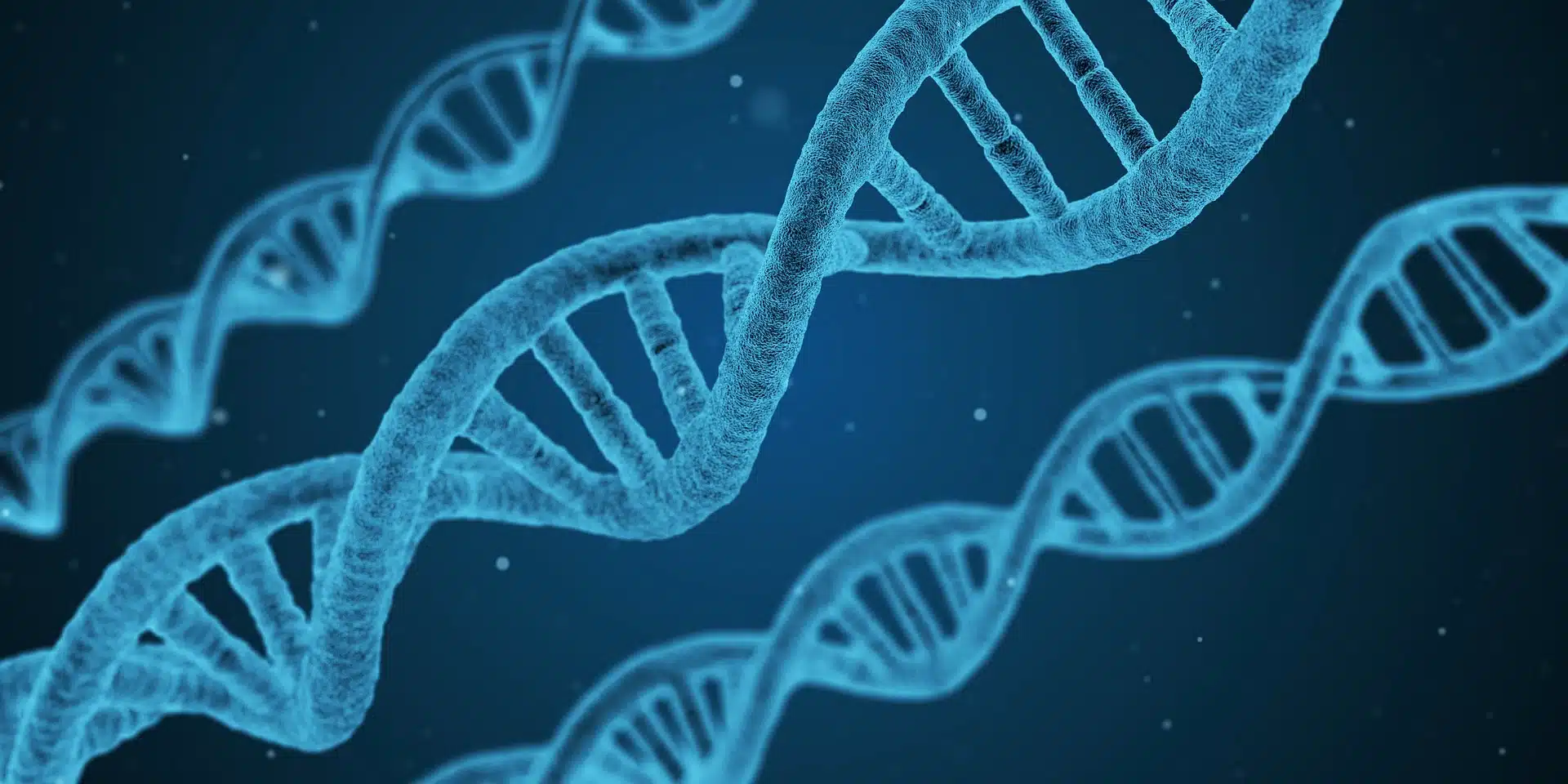New Candidate Gene for Periventricular Nodular Heterotopia, a Disorder Characterized by Seizures, is Discovered
September 16, 2019
Study featuring the work of former CURE Grantee Dr. Alica Goldman
Periventricular nodular heterotopia (PNH) is a common structural malformation of cortical development.
Mutations in the filamin A gene are frequent in familial cases with X-linked PNH. However, many cases with sporadic PNH remain genetically unexplained. Although medically refractory epilepsy often brings attention to the underlying PNH, patients are often not candidates for surgical resection. This limits access to neuronal tissue harboring causal mutations.
This research team evaluated a patient with PNH and medically refractory focal epilepsy who underwent a presurgical evaluation with stereotactically placed electroencephalographic (SEEG) depth electrodes. Following SEEG explantation, we collected trace tissue adherent to the electrodes and extracted the DNA. Whole-exome sequencing performed in a Clinical Laboratory Improvement Amendments–approved genetic diagnostic laboratory uncovered a de novo heterozygous pathogenic variant in novel candidate PNH gene MEN1 (multiple endocrine neoplasia type 1; c.1546dupC, p.R516PfsX15). The variant was absent in an earlier exome profiling of the venous blood–derived DNA. The MEN1 gene encodes the ubiquitously expressed, nuclear scaffold protein menin, a known tumor suppressor gene with an established role in the regulation of transcription, proliferation, differentiation, and genomic integrity.
This study contributes a novel candidate gene in periventricular nodular heterotopia generation and a novel practical approach that integrates electrophysiological and genetic explorations of epilepsy.







